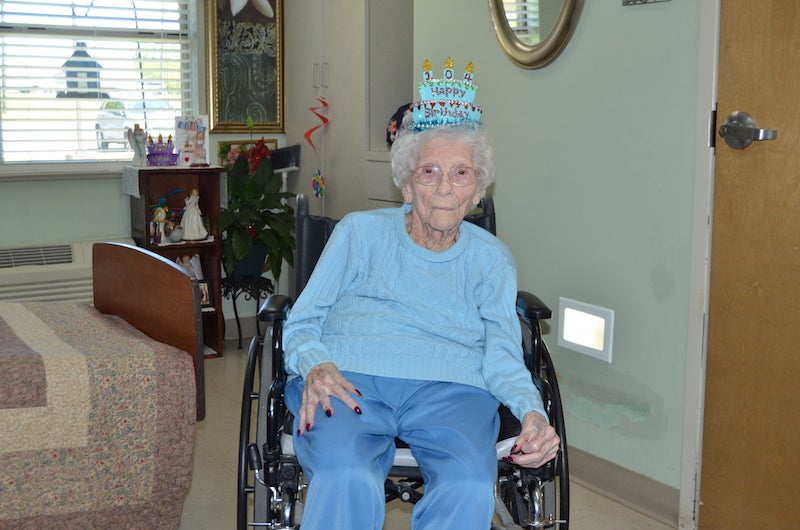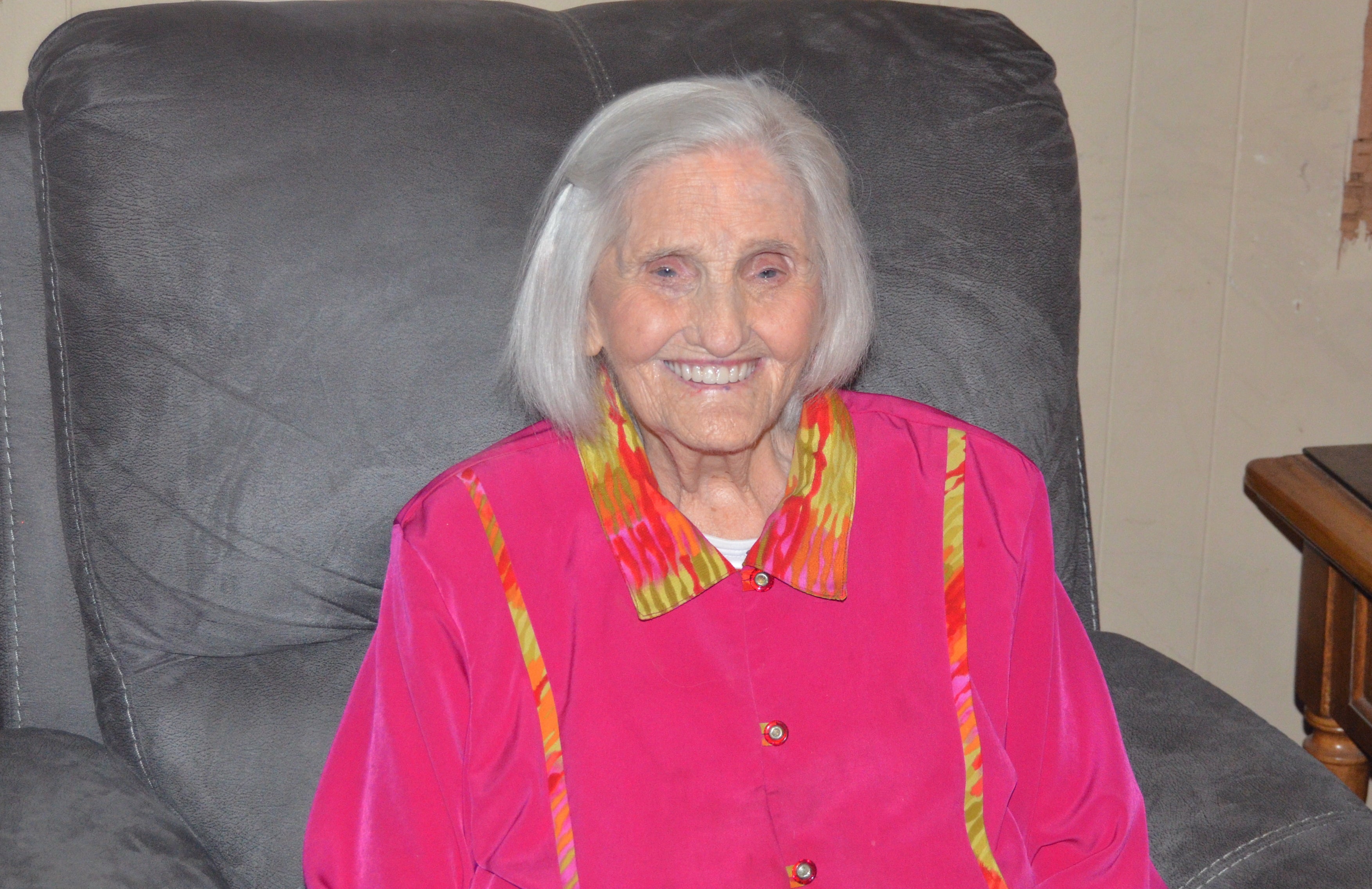Chilton County Airport has rich history
Published 2:52 pm Thursday, June 7, 2012
Although pilots began using the airport prior to 1935, the field was officially dedicated in 1937 in conjunction with the annual Fourth of July celebration. Hundreds of Chilton County residents attended the weekend event and were treated to aerobatic exhibitions, parachute jumps, a model airplane contest, and a demonstration of formation flying conducted by the 106th Observation Squadron from Birmingham. A large crowd attended the street dance on Saturday night held in honor of visiting fliers with music provided by a band from Avondale Mills in Sylacauga. Airplane rides were provided each day until dusk. On Sunday, all activities ceased between 11 a.m. and 2 p.m. out of respect and observance of the “Church Hour.”
In his dedication address, Mayor Fenn Jones identified the leaders in the movement to construct an airport. These individuals included Dr. V. J. Gragg, J. Mell Martin, Charles Wade, Leo Thompson and John Hollis, “…all familiar names to the citizens of Clanton.” Originally, the airport was named in honor of Dr. Gragg, a local physician, civic leader and ardent supporter of aviation. The name was later expanded to Gragg-Wade Field, co-named in honor of Charles Wade, a local aviation pioneer.
In March 1940, the Commissioners Court granted permission to the Civil Aeronautics Authority to construct a lighted airway beacon and perimeter lighting on the airport to equip the facility to serve as an auxiliary landing field along Air Mail Route 40 that originated in Memphis, Tenn. and terminated in Tampa, Fla. Auxiliary landing fields were positioned at regular intervals along established airways to provide adequate landing areas for aircraft to use in the event of an emergency. A series of lighted airway beacons, spaced at intervals of 15 to 20 miles, were utilized by pilots as a means of navigation at night or during periods of inclement weather.
In March 1948, Judge W. L. Parrish announced that Chilton County had secured a large metal airplane hangar from the War Assets Administration. The hangar was obtained as surplus property from the recently decommissioned Tuskegee Army Air Field, the facility where approximately 1,000 African-American aviators were trained for military service during the Second World War. The Tuskegee Airmen became the first African-Americans in United States military history to be trained as aviators. During the Second World War and subsequent years, the Tuskegee Airmen served with honor and distinction in service of the United States of America.
The hangar, one of three originally located on the Tuskegee Army Air Field, was disassembled, transported to Chilton County, and reassembled on the south side of the airport where it has remained for more than 60 years, an enduring testament to this important chapter in American history.






